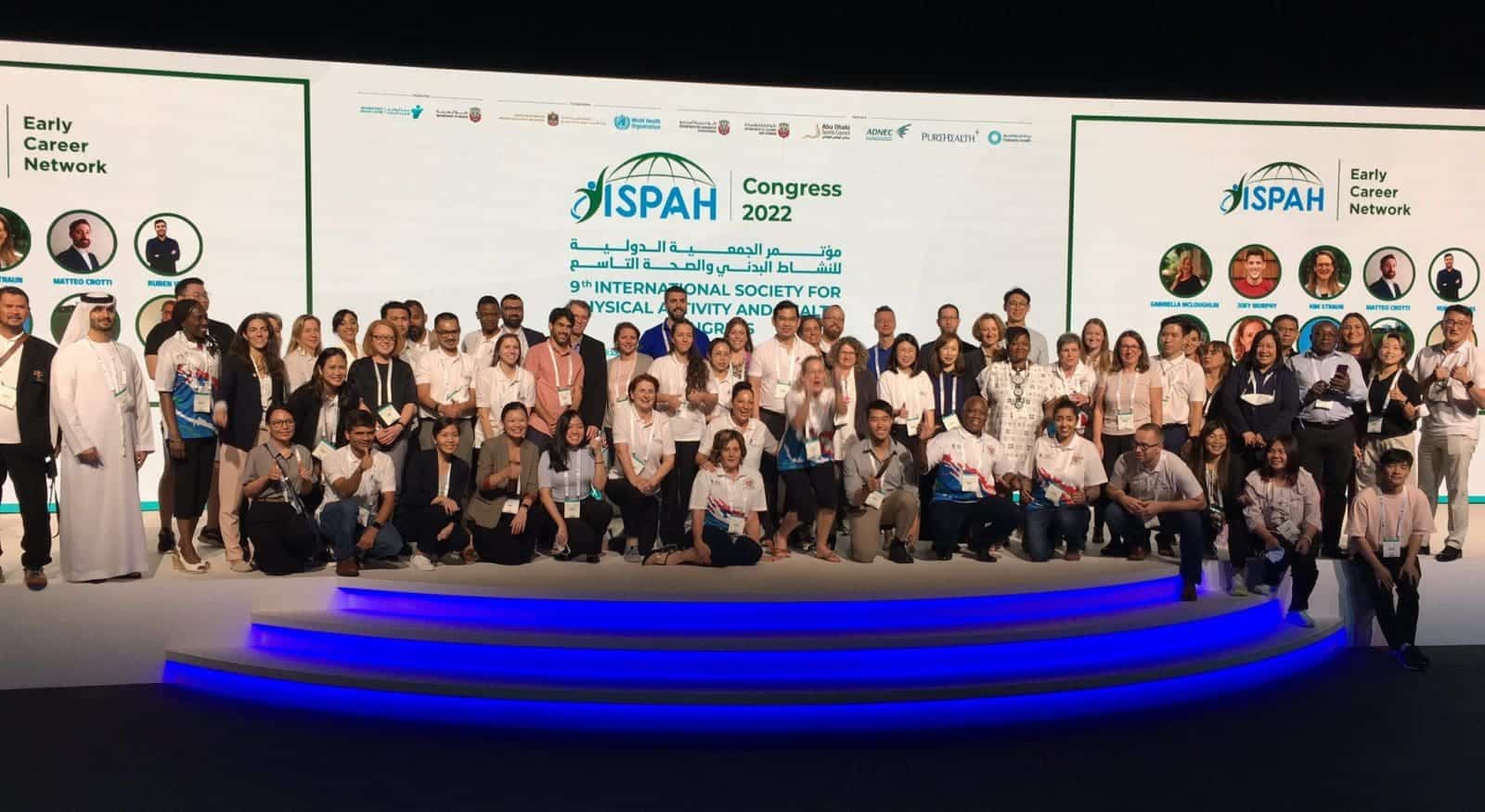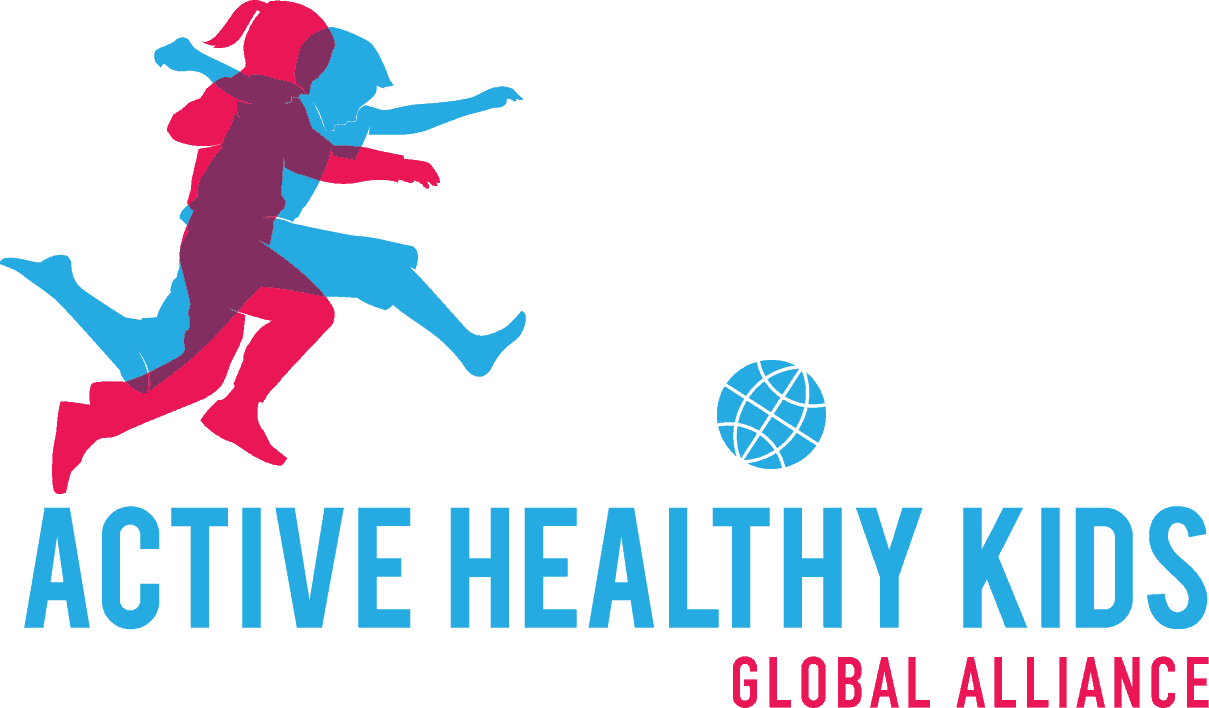
03 Nov Several Papers Published in Conjunction with the Global Matrix 4.0 Release
In conjunction with the “Global Matrix 4.0” release last week, many papers were published. Those published in the Journal of Physical Activity and Health are listed below. All papers are open-access.
Congratulations all – this research has been garnering worldwide media attention!
Tremblay MS, Barnes JD, Demchenko I, et al. Active Healthy Kids Global Alliance Global Matrix 4.0—A Resource for Physical Activity Researchers. Journal of Physical Activity and Health. 2022;19(11):693-699. doi:10.1123/jpah.2022-0257
ABSTRACT
Background: This brief report provides an overview of the Active Healthy Kids Global Alliance (AHKGA); an introduction to the Global Matrix 4.0; an explanation of the value and opportunities that the AHKGA efforts and assets provide to the physical activity research, policy, practice, and advocacy community; an outline of the series of papers related to the Global Matrix 4.0 in this issue of the Journal of Physical Activity and Health; and an invitation for future involvement. Methods: The AHKGA was formed to help power the global movement to get kids moving. In 2019–2021, we recruited countries to participate in the Global Matrix 4.0, a worldwide initiative to assess, compare, and contrast the physical activity of children and adolescents. Results: A total of 57 countries/jurisdictions (hereafter referred to as countries for simplicity) were recruited. The current activities of the AHKGA are summarized. The overall findings of the Global Matrix 4.0 are presented in a series of papers in this issue of the Journal of Physical Activity and Health. Conclusions: The Global Matrix 4.0 and other assets of the AHKGA are publicly available, and physical activity researchers, practitioners, policy makers, and advocates are encouraged to exploit these resources to further their efforts.
Aubert S, Barnes JD, Demchenko I, et al. Global Matrix 4.0 Physical Activity Report Card Grades for Children and Adolescents: Results and Analyses From 57 Countries. Journal of Physical Activity and Health. 2022;19(11):700-728. doi:10.1123/jpah.2022-0456
ABSTRACT
Background: The Global Matrix 4.0 on physical activity (PA) for children and adolescents was developed to achieve a comprehensive understanding of the global variation in children’s and adolescents’ (5–17 y) PA, related measures, and key sources of influence. The objectives of this article were (1) to summarize the findings from the Global Matrix 4.0 Report Cards, (2) to compare indicators across countries, and (3) to explore trends related to the Human Development Index and geo-cultural regions. Methods: A total of 57 Report Card teams followed a harmonized process to grade the 10 common PA indicators. An online survey was conducted to collect Report Card Leaders’ top 3 priorities for each PA indicator and their opinions on how the COVID-19 pandemic impacted child and adolescent PA indicators in their country. Results: Overall Physical Activity was the indicator with the lowest global average grade (D), while School and Community and Environment were the indicators with the highest global average grade (C+). An overview of the global situation in terms of surveillance and prevalence is provided for all 10 common PA indicators, followed by priorities and examples to support the development of strategies and policies internationally. Conclusions: The Global Matrix 4.0 represents the largest compilation of children’s and adolescents’ PA indicators to date. While variation in data sources informing the grades across countries was observed, this initiative highlighted low PA levels in children and adolescents globally. Measures to contain the COVID-19 pandemic, local/international conflicts, climate change, and economic change threaten to worsen this situation.
Reilly JJ, Barnes J, Gonzalez S, et al. Recent Secular Trends in Child and Adolescent Physical Activity and Sedentary Behavior Internationally: Analyses of Active Healthy Kids Global Alliance Global Matrices 1.0 to 4.0. Journal of Physical Activity and Health. 2022;19(11):729-736. doi:10.1123/jpah.2022-0312
ABSTRACT
Background: We examined recent global secular trends in 5 indicators of child and adolescent physical activity and sedentary behavior (Overall Physical Activity, Organized Sport and Physical Activity, Active Play, Active Transportation, and Sedentary Behavior) and 4 influences on these (Family and Peers, School, Community and Environment, and Government). Methods: Active Healthy Kids Global Alliance letter grades (A+ to F) were assigned numbers from 15 to 2, with 0 assigned for missing/incomplete grades. Trends from Active Healthy Kids Global Alliance Global Matrices 1.0 (2014) to 4.0 (2022) were analyzed using linear mixed-effects models with level of economic development and gender inequity considered as potential moderators. Results: Report card grades were generally relatively stable. Trends generally did not differ significantly by level of economic development (except for Active Transportation and Active Play), but gender inequality did significantly moderate trends for most of the indicators, with higher gender inequality associated with more adverse changes in grades. The number of “incomplete” grades decreased over time, but this did not reach statistical significance. Conclusions: While trends varied within and between countries, physical activity and sedentary behaviors, and the influences on these behaviors globally, were relatively stable over the past decade or so, albeit at undesirable levels.
Silva DAS, Aubert S, Ng K, et al. Association Between Physical Activity Indicators and Human Development Index at a National Level: Information From Global Matrix 4.0 Physical Activity Report Cards for Children and Adolescents. Journal of Physical Activity and Health. 2022;19(11):737-744. doi:10.1123/jpah.2022-0321
ABSTRACT
Background: The aim of this study was to explore the associations between the 10 key indicators of the Global Matrix 4.0 project and human development index (HDI) at a national level according to sex, age, area of residence, and ability levels. Methods: Information from the 57 countries/localities included in the Global Matrix 4.0 project was compiled and presented according to the HDI of each country/locality for each of the 10 key indicators. Grades were assigned based on the benchmarks of the Global Matrix 4.0 project ranged between “A+” (best performance) and “F” (worst performance). Results: The population subgroups of females, children, rural residents, with/without disabilities from countries/localities with higher HDI performed better in the organized sport and physical activity indicator than their peers from countries/localities with lower HDI. Children and adolescents living in rural areas of countries/localities with higher HDI showed better performance for active play, and children and adolescents living in urban areas of countries/localities with lower HDI showed better performance for the active transportation. Countries/localities with higher HDI showed better grades for sources of influence than the countries/localities with lower HDI. Conclusions: Physical activity patterns in some population subgroups of children and adolescents differed according to the development level of countries/localities.
Lee E, Abi Nader P, Aubert S, et al. Economic Freedom, Climate Culpability, and Physical Activity Indicators Among Children and Adolescents: Report Card Grades From the Global Matrix 4.0. Journal of Physical Activity and Health. 2022;19(11):745-757. doi:10.1123/jpah.2022-0342
ABSTRACT
Background: Macrolevel factors such as economic and climate factors can be associated with physical activity indicators. This study explored patterns and relationships between economic freedom, climate culpability, and Report Card grades on physical activity-related indicators among 57 countries/jurisdictions participating in the Global Matrix 4.0. Methods: Participating countries/jurisdictions provided Report Card grades on 10 common indicators. Information on economic freedom and climatic factors were gathered from public data sources. Correlations between the key variables were provided by income groups (ie, low- and middle-income countries/jurisdictions and high-income countries/jurisdictions [HIC]). Results: HIC were more economically neoliberal and more responsible for climate change than low- and middle-income countries. Annual temperature and precipitation were negatively correlated with behavioral/individual indicators in low- and middle-income countries but not in HIC. In HIC, correlations between climate culpability and behavioral/individual and economic indicators were more apparent. Overall, poorer grades were observed in highly culpable countries/jurisdictions in the highly free group, while in less/moderately free groups, less culpable countries/jurisdictions showed poorer grades than their counterparts in their respective group by economic freedom. Conclusions: Global-level physical activity promotion strategies should closely evaluate different areas that need interventions tailored by income groups, with careful considerations for inequities in the global political economy and climate change.
Sit C, Aubert S, Carty C, et al. Promoting Physical Activity Among Children and Adolescents With Disabilities: The Translation of Policy to Practice Internationally. Journal of Physical Activity and Health. 2022;19(11):758-768. doi:10.1123/jpah.2022-0351
ABSTRACT
Background: Physical inactivity among children and adolescents with disabilities (CAWD) is a global public health issue. Policy efforts to promote physical activity (PA) among CAWD have increased. This study summarizes the international policy trend for promoting PA among CAWD, with behavioral and policy insights specific to CAWD from country/regional indicators from the Active Healthy Kids Global Alliance Matrix on Physical Activity for Children and Adolescents to determine policy translation into practice. Methods: International and national PA policy documents on CAWD were assessed. Data from the Global Matrix Para Report Cards on the behavioral and government indicators from 14 countries or regions (grouped by human development index) were reviewed and compared. Results: Policy instruments began promoting PA for CAWD in 1989 via the Convention on the Rights of the Child. International policy has been advocating PA specifically for CAWD recently. In 2020, the World Health Organization published specific PA guidelines for CAWD. Data from the 14 Para Report Car found 14 grades on the average behavioral indicator and 12 on the government indicator. A gap between the average behavioral indicator (D−) and the government indicator (C+) was found in the Para Report Card data. Conclusions: Although international policies are consistent in their attention to the needs of CAWD, national/regional policies vary. Coverage ranges from nonexistent to embedded in broader inclusion concepts. A gap in policies to promote PA of CAWD is prevalent and is more prominent in countries or regions with a lower human development index ranking.


